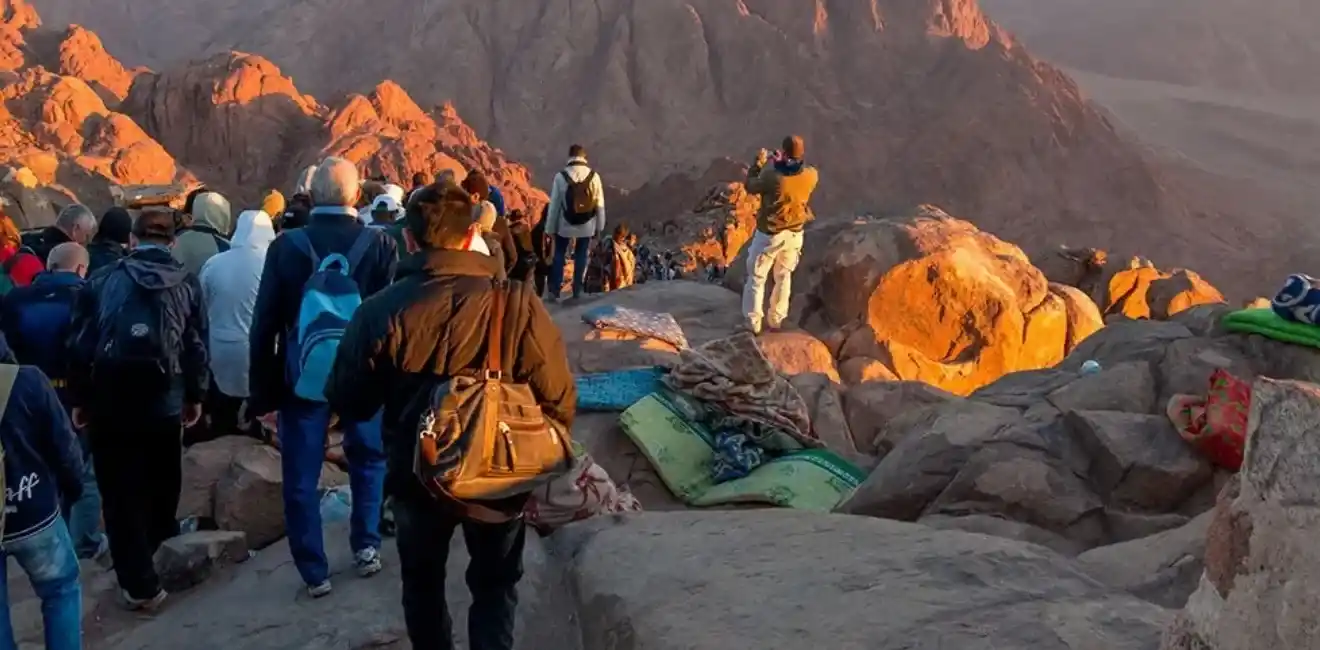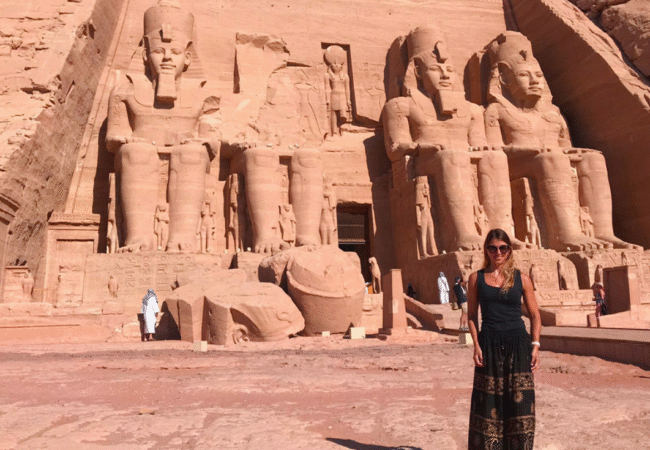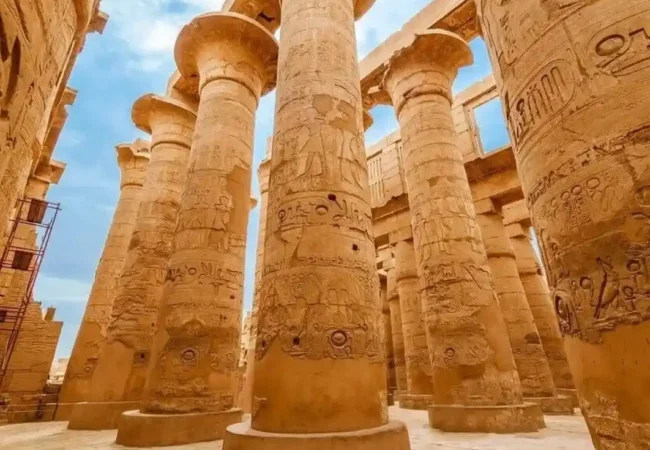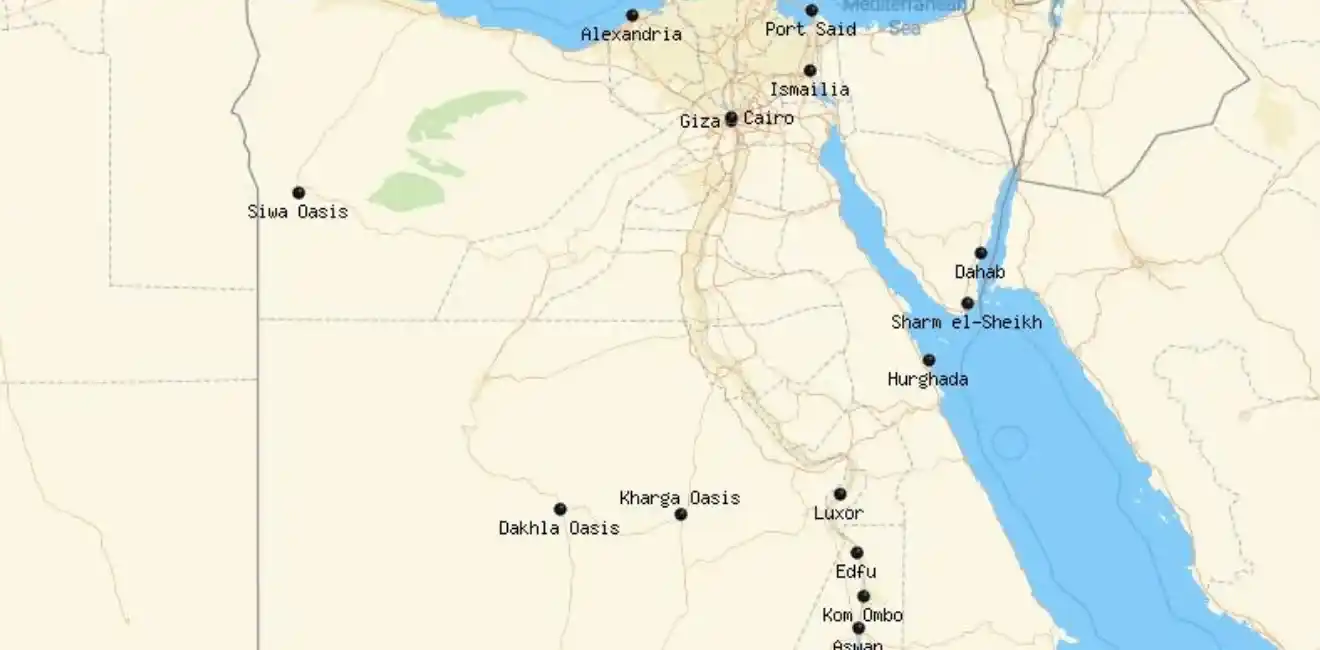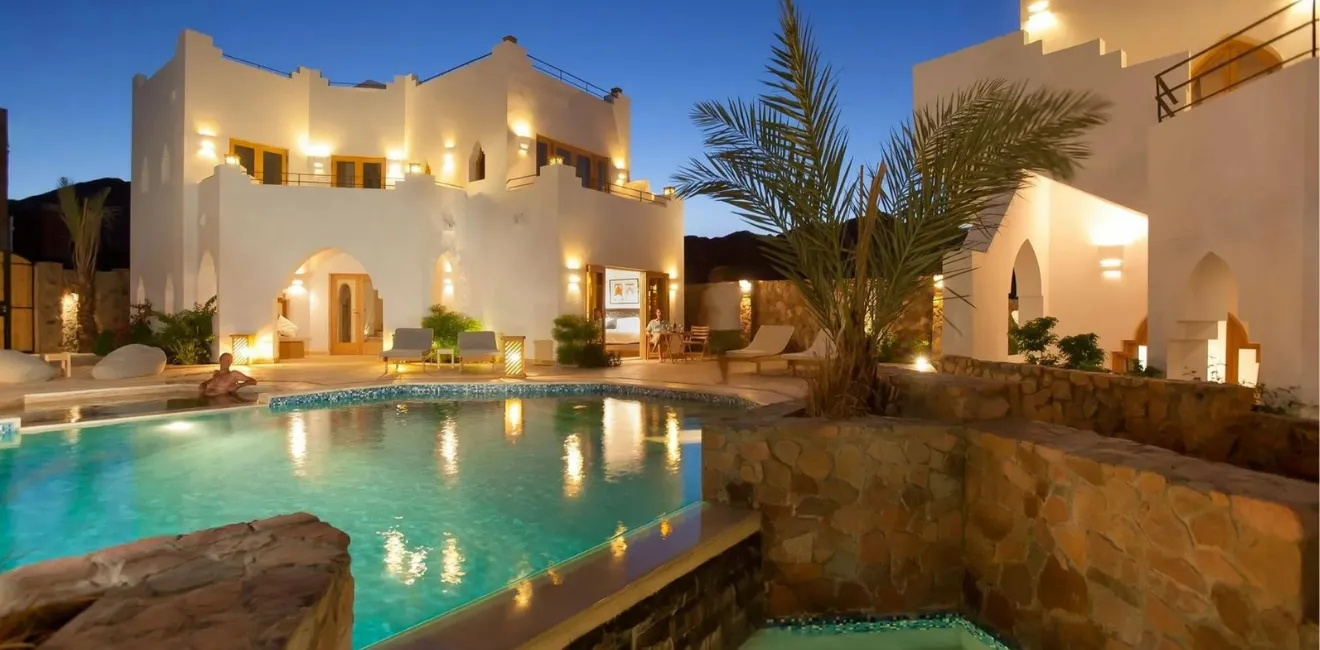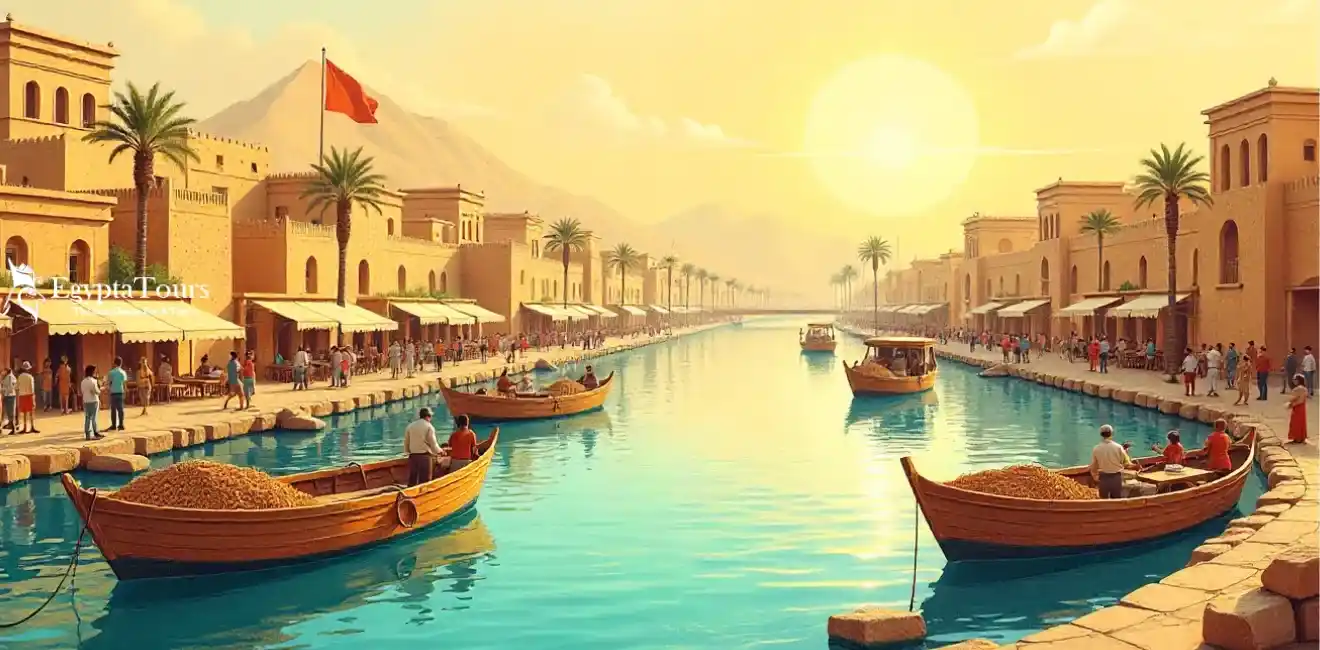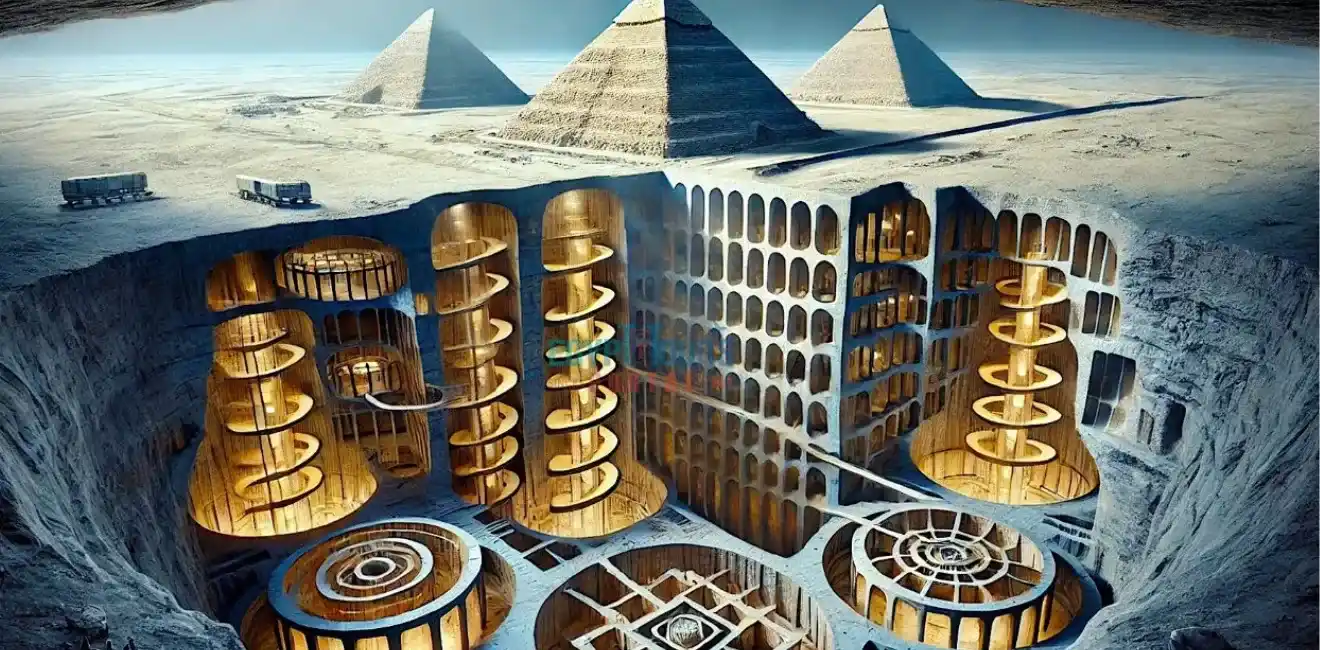
Valley of the Nobles
Luxor is an ancient city located in Egypt’s Nile Valley, and is home to some of the most incredible archaeological sites in the world.
One of the most unique of these is the Valley of the Nobles, a vast necropolis located on the west bank of the Nile.
This valley is home to a series of tombs and mortuary temples, each of which offers an amazing glimpse into ancient Egyptian life. Join us as we explore this incredible site and discover its many secrets!
The Location of the Valley of the Nobles
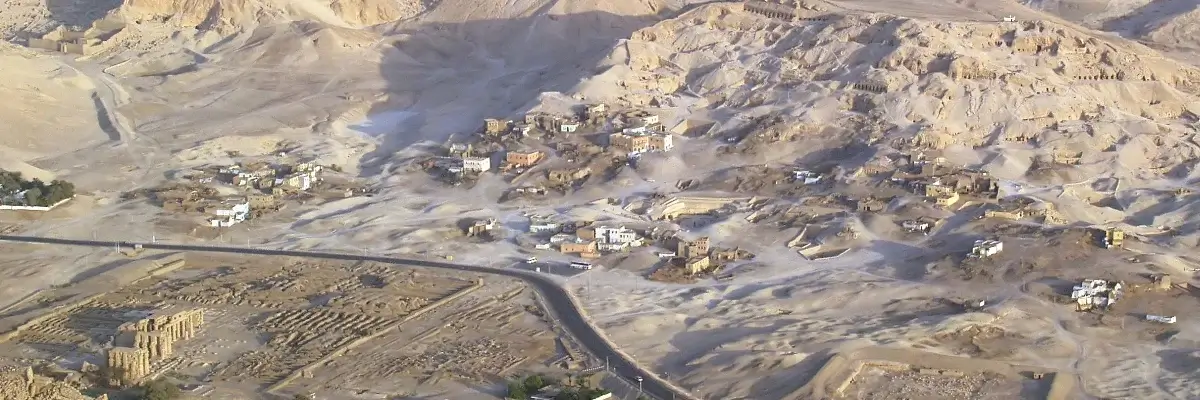
The Valley of the Nobles, located in Luxor, Egypt, is a site that dates back to the ancient Egyptian Empire. It is a large area that was once home to many of the most powerful nobles and rulers in ancient Egyptian society.
The Valley of the Nobles is located on the west bank of the River Nile, just south of the Karnak Temple Complex. This particular location was chosen as it provided protection from floods and also offered access to the Nile.
The Valley of the Nobles consists of two main parts – the East Valley and the West Valley. The East Valley is more commonly known as the Tombs of the Nobles, and it houses a variety of tombs and temples dedicated to those who held positions of high power in ancient Egyptian life.
The West Valley is known as the Mortuary Temple of Seti I and is filled with large carved statues, sculptures and reliefs which depict scenes from Seti I’s reign. Both valleys are accessible via the Luxor Museum.
The History of the Valley of the Nobles
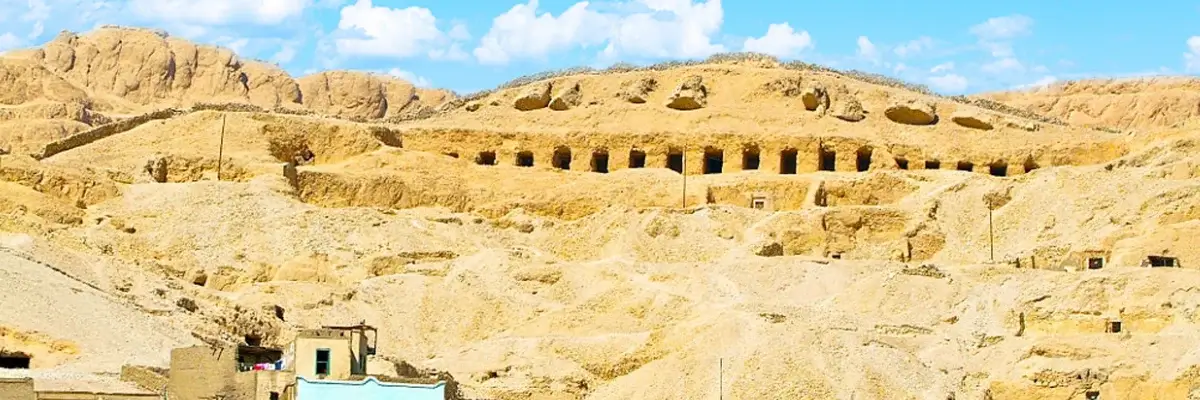
The Valley of the Nobles is a large archaeological site located in Luxor, Egypt. It is situated on the west bank of the Nile River and is home to many tombs that date back to the Middle Kingdom and New Kingdom periods.
The Valley of the Nobles was first discovered in 1816 by Antonio Lebolo, an Italian explorer. Since then, it has been thoroughly excavated, revealing the tombs of several prominent officials from ancient Egypt, including those of the high priests, mayors, governors, and courtiers.
The tombs in the Valley of the Nobles are decorated with reliefs and paintings depicting the afterlife as seen through ancient Egyptian eyes. They provide a window into the beliefs and customs of this ancient civilization.
Additionally, they can tell us much about the lives of the nobles who built them, such as their titles, occupations, and possessions. This archaeological site provides us with a glimpse into a time long past and helps us understand more about the people who lived in Luxor during this era.
Tours To valley of Nobles by category
| Category Name |
|---|
| Alexandria Tour Packages |
| Cairo Short Breaks |
| Day Tours |
| Egypt Honeymoon Packages |
| Egypt Travel Packages |
| Luxor Short Breaks (Valley of Nobles Tours) |
| Nile Cruises |
| Egypt Sahara Tour Packages |
The Tombs in the Valley of the Nobles
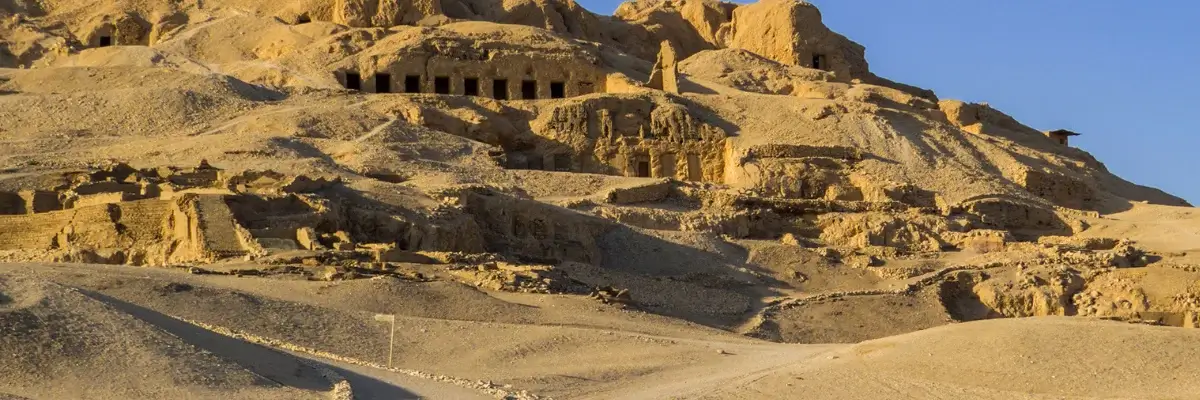
The Valley of the Nobles, located in Luxor, Egypt, is home to numerous ancient tombs. Spanning over 1,200 years of Egyptian history, the tombs represent a fascinating look into the lives and beliefs of those who once inhabited this area. Each of the more than 400 tombs in the Valley of the Nobles is different in design, but all share the same purpose: to ensure the safe passage of the deceased into the afterlife.
The tombs vary in size, from small and simple to large and elaborate. Some contain paintings and decorations depicting scenes from daily life, religious symbols, and funerary rites. These decorations provide us with valuable insight into the beliefs and practices of Ancient Egyptians. Many of these tombs also contain hieroglyphic inscriptions which are used to identify the owners and their titles and occupations.
One of the most notable tombs in the Valley of the Nobles is that of Rekhmire, a Vizier or Prime Minister under Thutmose III. This tomb is remarkable for its large size and brightly colored wall paintings. It contains scenes depicting traditional aspects of daily life, such as farming and weaving, as well as scenes depicting Rekhmire’s burial rites.
Other notable tombs include those belonging to Userhat, mayor of Thebes during the reign of Ramesses II, Nakht, an important astronomer, and Pabasa, a high priest during the reign of Amenhotep II.
The tombs in the Valley of the Nobles provide us with an invaluable source of information about Ancient Egyptian life and culture. From these paintings and inscriptions, we can gain an understanding of their beliefs and practices. As such, they are an important reminder of our shared past and should be treasured for their historical significance.
What the Valley of the Nobles Can Teach Us About Ancient Egyptian Life
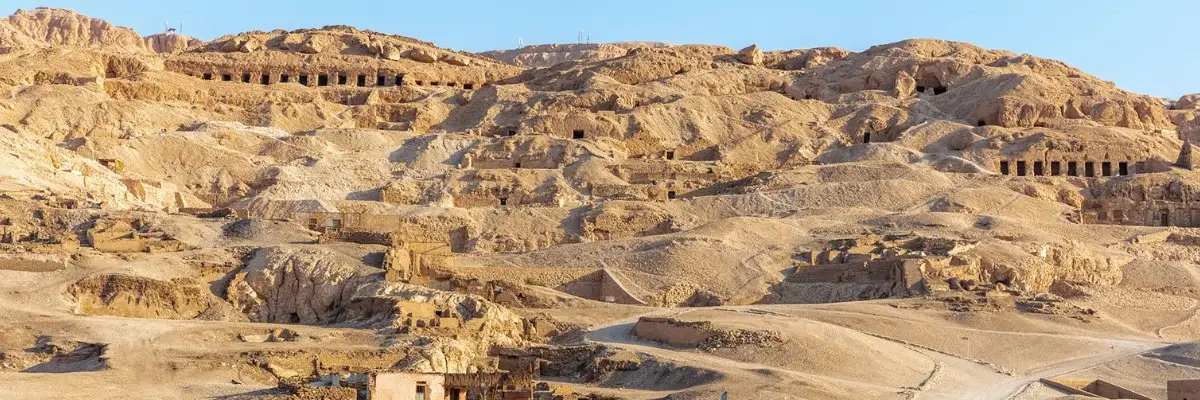
The Valley of the Nobles, located in Luxor, Egypt, provides an insightful look into the lives of the ancient Egyptians. Within its grounds lie numerous tombs of some of Egypt’s most powerful and influential people, which are adorned with vibrant colors and intricate carvings that provide insight into the lives of their owners.
One thing that can be learned from the Valley of the Nobles is the importance of social status and power within ancient Egyptian society. The tomb designs and inscriptions reflect the high status of their owners, showing us just how much importance was placed on social rank in ancient Egypt.
We can also learn about the religious practices of ancient Egyptians from the Valley of the Nobles. The tombs are decorated with hieroglyphics that depict religious scenes and invoke prayers for protection in the afterlife. This gives us an idea of how important religion was to the ancient Egyptians and what role it played in their everyday lives.
Finally, the Valley of the Nobles teaches us about the artistry and craftsmanship of ancient Egyptians. Many of the tombs feature detailed paintings and sculptures that demonstrate the skill and care taken by the artisans.
These works not only show us how skilled they were but also how important art was to them, as a form of expression and communication. In conclusion, the Valley of the Nobles offers a glimpse into life in ancient Egypt, providing insight into their society, religious beliefs, and artistry. It is an invaluable source of knowledge that can help us better understand this fascinating period in history.
Why Does The Valley Of The Nobles Catch Attention?
Throw away all the doubts you may have about visiting the Valley of the Nobles and keep only one thing in mind; A visit to the Valley of the Nobles will be a journey into the hidden and important part of Egypt’s history, introducing you to the missing pieces and hidden factors that made the power of kings and nobles rise during ancient times.
The Valley of the Nobles also includes the tombs of many rulers, administrators, generals, and other important officials from the New Kingdom (1550 BC – 1069 BC). The Valley of the Nobles is about 415 tombs that were not as huge or extravagant as the tombs of the kings, but they contained many simple beautiful decorations and valuable information that showed what life was like at that time.
The Purpose Behind Building The Valley Of The Nobles
The history of the Valley of the Nobles includes many tombs designed to tell the full life story of its inhabitants through the use of wonderful paintings on the walls of the tombs that depict every detail of their lives in the most beautiful way. The paintings on display may have seen better days, but their values seem to have increased in size throughout history to leave more exclusive gestures in the minds of travelers.
Maybe you will overcome your adventure within, but you will certainly never overcome the essence of every adventure. It is an essence depicted In the journeys of officials and leaders in polishing the eras of the royal family as well as the various bonds created between the rulers and their countries from administrators and senior officials to genius generals to show you how grateful they are and will always be!
The Valley Of The Nobles Location
The idea of bringing a memorial to life didn’t feel any correct than at the moment when it was announced that a sanctuary would be built to store within it all the power of thousands of years and the significance of many centuries of history! The Valley of the Nobles is simply hundreds of rock-cut tombs of nobles from ancient Egyptian times that were discovered along the west bank of the Nile in the city of Luxor in an area known as Sheik Abd El-Gorna.
As if meant to be the distinctive and powerful value of the valley, it is located near the Temple of Hatshepsut, one of the most prominent sites in Egypt over long periods of time and carved into the hillside. The Valley of the Nobles is another page from the history of ancient Egypt and is full of vibrant top sculptures that have a lot of edge to add to the appreciation of Egypt.
Facts About Valley Of The Nobels “Sheikh Abd El-Qurna”
To tie some threads back to the Valley of the Nobles, here are some interesting facts about Sheikh Abd El-Qurna:
The site Is a large tomb controlled by a group of 146 people around it like pawns from high officials to nobles who served the ancient Pharaoh of Egypt.
The burial space is divided into two parts.
The upper part of the Valley of the Nobles Cemetery includes tombs of major rulers as well as a group of ancient priests and kings.
The lower cemetery contains chains of tombs containing figures belonging to the lower classes from government officials to workers.
The cemetery of Sheikh Abd El-Qurna is classified as one of the most important burial sites with much dignity and honor mentioned on the western bank of ancient Thebes.
Another interesting fact about the cemetery is that it contains more than one grave with the same character, one at the top of the mountains and the other at their foot.
The Valley Of The Nobles’ Design
The unique property that the Valley of the Nobles revolves around is spoken of with licentiousness and simplicity while every detail of the Valley’s design is noted with true timelessness. The tombs of the Valley of the Nobles are characterized by simple patterns of construction, with similarities and resemblances among them.
In addition to this, the healthy and integrated appearance of the tombs is highlighted by the high endurance of the valley walls over time, as the colorful scenes displayed were able to overcome the inevitable corrosion and possible peeling, proving the high maintenance techniques applied to them from the inside. And outside. The scenes mentioned provide stories from different places from workers thriving on their lands to snapshots of the daily lives of artists, craftsmen and architects as well as actual scenes from deep within the ancient courts of the time.
The Valley Of The Nobles’ Different Artistic Tombs
Being a home for the ancients to settle in with epic tombs facing each other back to back, the Valley of the Nobles includes a group of tombs that made the scale of greatness bounce in all directions:
AAMETJU (AHMOSIS) – TT 83
Aametju (or Ahmes or Ahmosis)was the mayor of Thebes and a vizier during the reign of Tuthmosis III of the Eighteenth Dynasty. The façade of tomb TT83 features a series of columns and openings in the style known as the “Saff- Tomb,” a model dating back to the Eleventh Dynasty. This particular tomb served as a home for many Egyptologists, leading to its name: “Wilkinson House.”
AMENEMHAT – TT 82
Amenemhat was the “under-minister” and “the scribe who counted the corn” during the reign of Tuthmosis III. However, this subordinate figure had great knowledge of religious beliefs, and even reused the Old Kingdom’s Pyramid Texts. TT82 is an essential source for our knowledge of funerary practices of the time
AMENEMINET – TT 277
Ameneminet is a priest in the “Temple of Millions of Years” of Amenhotep III. Tomb TT 277 is small and irregular but its decoration, in the Ramesside style, is well preserved. Some of the scenes are unusual, such as the scene of the mummy being transported to the burial chamber.
AMENEMOPE – TT 148
The tomb dates back to the Twentieth Dynasty and belongs to a person whose powerful family served the Temple of Amun. This is an example of so-called temple tombs, as there were many of them at that time.
AMENEMOPET (IPY) – TT41
Amenempet was the “chief agent of Amun in the southern city” (Thebes) during the Nineteenth Dynasty. His tomb contains the texts of several hymns as well as the usual prayers and addresses to the gods, and is of theological importance. Unfortunately, the views from this cemetery, despite recent restoration, are still difficult to see and appreciate. Its unattractive appearance indicates that it has been abandoned for a long time.
ANTEFOQER AND SENET – TT60
Intefiqer was a nobleman in the Twelfth Dynasty. Tomb TT60, made for his mother or wife Senet, is the only well-preserved Middle Kingdom tomb in Thebes. Although Intefiqer was one of the most popular figures during the reign of Sesostris I, his image was often erased, for reasons that remain unknown.
BENIA (PAHEQAMEN) – TT343
Benia, an Asiatic, and perhaps Hebrew, was a member of the middle class, and a supervisor of construction works in the Pharaonic administration. As such he also had an Egyptian name: Pa-heqa-men. As a foreigner in Egypt, Benia sought to remain within the confines of “normal” Egyptian tomb painting: his chapel lacks any innovative or imaginative features. He chose to depict only what others had done before him.
DJEHUTIMES (PAROY) – TT295
Djehutymes, also known as Paroy, was known by such titles as “Watcher of Secrets within the Box of Anubis”, “Sem Priest of the Place of Mummification”, “Embalmer” and “Scribe”. Wherever the decoration remains in his small grave, the colors remain alive. In particular, the expensive blue, which was widely used here, has been well preserved. The ceiling is especially noticeable.
DJEHUTY, USURPED BY DJEHUTYEMHEB – TT45
Tomb TT45 was originally made during the reign of Amenhotep II, for Djehuty, the supervisor of the linen weavers at the Temple of Amun. However, the tomb was requisitioned about two hundred years later by a distant fellow named Djehutyemheb, who nevertheless respected the memory of his predecessor.
DJESERKARESENEB – TT38
Djeserkareseneb, as Registrar of the Grains of Amun and Steward of the Second Prophet of Amun, was a mid-ranking official. His unfinished tomb, TT38, includes scenes of the same high quality as those found in the interim period between the reigns of Tuthmosis IV and Amenhotep III.
HOREMHEB – TT 78
Horemheb held important titles in the civil, military, and religious fields and enjoyed royal favour. His tomb is large, and the variety and quality of its decorations make it a jewel of Eighteenth Dynasty art. It is a noteworthy historical fact that in the Church of Horemheb (and the Temple of Menna TT69), the oldest known tomb representations of scenes of judgment of the dead were found.
HUY – TT40
The tomb of Amenhotep-Huy is one of the few tombs that can be dated to the reign of Tutankhamun, and a major source for understanding the functions of the viceroy: the scenes showing the offering of tribute to the king are exceptional. Also interesting is the combination of “classical” and other elements reminiscent of the Amarna period.
KHERUEF – TT192
Kheruef held the title of agent of the Grand Royal Wife Tiy (during the reign of Amenhotep III – Amenhotep IV), among others. Despite its state of disrepair, tomb TT192 remains one of the most important burial sites, from a religious and historical perspective, in the Theban necropolis. It is also the largest private tomb from the Eighteenth Dynasty.
KHONSU – TT 31
Khonsu was the high priest of the Montu cult of Tod and the cult of Thutmosis III. In the first room of the chapel inside tomb TT 31, Khonsu devoted the main part of the decoration to these two identities. In its rear niche, Mentuhotep is venerated.
KYKY (SAMUT) – TT 409
Kyky, who was educated and versed in religious literature, had important responsibilities in livestock management in the Amun region of Karnak. His devotion to the goddess Mut led him to compose wonderful hymns in her honor, which can be seen inscribed on the walls of his chapel.
MENNA – TT69
Menna was a scribe of the fields of the Lord of the Two Lands. His small tomb, decorated with detailed scenes created by a skilled painter, forms an irreplaceable collection of scenes of secular activities and funerary rituals. These can be found regularly in books related to Egyptian art.
NAKHT – TT 52
Nakht held only humble titles such as “Scribe” and “Priest of Amun, Keeper of Time.” However, tomb TT 52 contains some of the most beautiful paintings in a Theban necropolis. Only someone particularly favored by luck or skill, or just the right connections, could have had the authority to create such a monument to himself. How Nakht managed to do this is a mystery that will probably never be solved.
NAKHTAMON – TT 341
The owner of the tomb is the supervisor of the altar in the Ramesseum. His tomb TT 341, although small in size, has very interesting, even unique sights. These include: The day-to-day conduct of the business
RAMOSE TT58
Ramose was a vizier, first during the reign of Amenhotep III, then during the reign of his son Amenhotep IV, before becoming Akhenaten. His grave provides a good description of this duality. The design of the tomb is traditional, but its dimensions and magnificent carvings make this monument a jewel of Eighteenth Dynasty art.
REKHMIRE – TT 100
The tomb, illustrated here with more than 600 photographs, is of exceptional quality and historical importance, particularly through its texts explaining the various functions and responsibilities of the minister, in addition to his duties. It also contains wonderful scenes of honoring foreign peoples and an almost complete copy of the mouth-opening ritual.
The Best Cheap Tour Packages In Egypt
| Tour Name | Duration |
|---|---|
| Luxor West Bank Tour One Day Trip | 1 Day – 0 Night |
| Day Trip to Luxor East Bank | 1 Day – 0 Night |
| Egypt 12 Days : The Ultimate Itinerary | 12 Days – 11 Nights |
| Cairo, Luxor and Aswan 6 Days packages | 6 Days – 5 Nights |
Discovering the Valley of the Nobles: FAQs
What is the Valley of the Nobles?
The Valley of the Nobles is a collection of tombs in Luxor, Egypt, where many powerful ancient Egyptian officials were buried. Unlike the Valley of the Kings, which was reserved for pharaohs, these tombs belong to nobles and high-ranking individuals.
Why is it significant?
The Valley offers a look into the daily life and beliefs of ancient Egyptians, showcasing detailed wall paintings and carvings. These artworks provide insights into their social structure and cultural practices.
Can you visit the Valley of the Nobles?
Yes, visitors can explore many accessible tombs. However, not all are open to the public to ensure preservation. It’s best to check in advance which ones are available during your visit.
How does it differ from the Valley of the Kings?
While both are in Luxor, the Valley of the Kings is famous for pharaohs’ tombs, including Tutankhamun. The Valley of the Nobles, however, is about the lives and stories of influential officials and priests.
Are there any famous tombs in the Valley of the Nobles?
Yes, tombs like those of Sennefer, Rekhmire, and Ramose are well-known. They contain vibrant paintings and intricate details reflecting their owners’ lives and contributions.
What should you expect when visiting?
Expect to see detailed murals and carvings that depict scenes from daily life, religious rituals, and the afterlife. A visit offers a rich, personal connection to Egypt’s past.
Is there an entry fee?
Yes, there is an entry fee, and it’s usually separate from other nearby sites. It’s advisable to check current prices and opening times before planning your trip.

